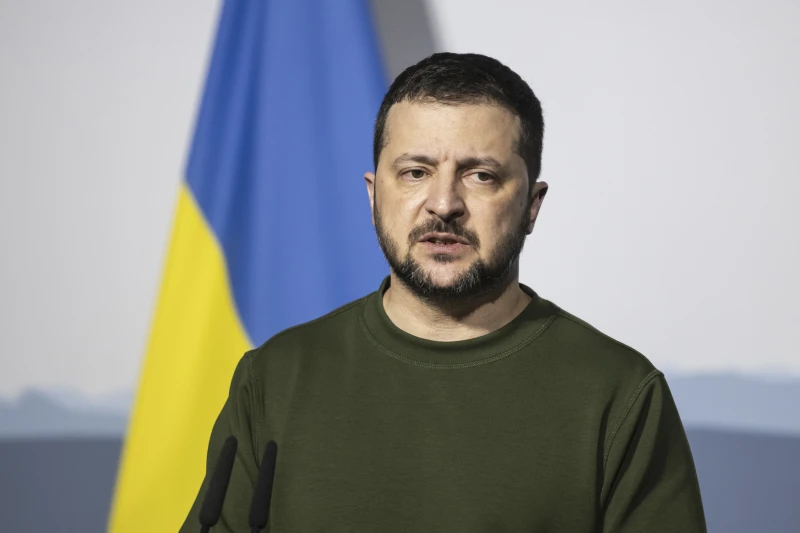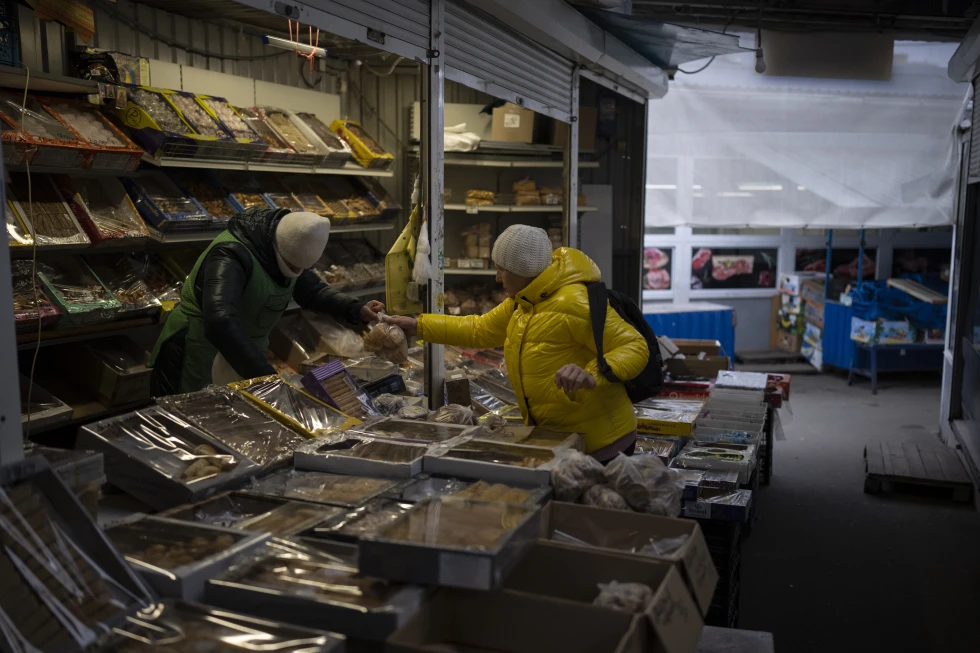On Thursday, EU leaders reached a pivotal agreement to extend a lifeline to Ukraine, offering a substantial aid package of 50 billion euros ($54 million).
This financial support is aimed at bolstering Ukraine’s war-torn economy, marking a significant milestone in the region’s efforts to address the aftermath of prolonged conflict and occupation.
The comprehensive aid package, comprising a blend of loans and grants, is designed to mitigate the economic fallout of the conflict, facilitate reconstruction, and pave the way for Ukraine’s prospective EU membership.
This essay delves into the intricacies of the aid package, its intended impact, and the key areas earmarked for support.
The aid package assumes a paramount role in stabilizing Ukraine’s economy, which has been grappling with the aftermath of sustained conflict and occupation.
The economic devastation wrought by the conflict, coupled with the loss of significant industrial assets to occupation, has precipitated a dire need for financial infusion to address budget shortfalls and curb inflation.
The aid aims to avert the peril of soaring inflation, which has been a persistent challenge since the full-scale invasion by Russia in February 2022.
The economic landscape has been marred by a substantial decline in output, necessitating the printing of money to cover state expenses and counter the inflationary pressures, which surged to a staggering 26%.
While the economy exhibited signs of recovery in the preceding year, the burden of funding the war has substantially encumbered Kyiv’s fiscal resources, with nearly all tax revenue being channeled towards the conflict.
The allocation of the aid package is poised to address critical areas of concern, as delineated by EU authorities, Ukrainian lawmakers, and diplomats.
The foremost priority is to ensure the sustenance of state salaries and pensions, encompassing remuneration for essential public sector personnel such as educators, healthcare professionals, and civil servants.
This underscores the imperative of maintaining social stability and safeguarding the livelihoods of those serving the public interest.
Furthermore, the aid is earmarked to underpin the continuity of essential public services, encompassing the provision of uninterrupted power and water supplies, thereby fortifying domestic support for the ongoing conflict and mitigating disruptions caused by adversities such as Russian airstrikes
Moreover, a pivotal aspect of the aid package pertains to bolstering the national currency, the hryvnia, to alleviate downward pressure and fortify macroeconomic stability.
This strategic intervention seeks to mitigate the adverse effects of currency devaluation and foster a conducive environment for economic resurgence.
Additionally, the aid extends a safety net for foreign investments in Ukraine, offering insurance and stable financing mechanisms to bolster investor confidence and sustain crucial economic activities, including the production of arms and ammunition.
The EU’s commitment to extend a substantial aid package to Ukraine underscores the collective resolve to alleviate the economic repercussions of sustained conflict and occupation.
By addressing critical areas such as salary and pension disbursements, essential public services, currency stabilization, and incentivizing foreign investments, the aid package assumes a pivotal role in fostering economic recovery and stability.
As Ukraine endeavors to navigate the arduous path towards rehabilitation and eventual EU membership, the aid package stands as a testament to the solidarity and commitment of the international community towards fostering resilience and prosperity in the face of adversity.
The ongoing geopolitical tensions between Ukraine and Russia have not only sparked military and diplomatic efforts but have also prompted a significant focus on economic stability and the impact of international sanctions.
President Zelenskyy, in a recent post on X, formerly known as Twitter, expressed gratitude for the assistance Ukraine has received, emphasizing the critical role of continued financial support from the European Union in bolstering the country’s long-term economic stability.
In his statement, he underscored the importance of such aid, placing it on par with military assistance and the pressure exerted on Russia through sanctions.
Conversely, Russia has managed to navigate the challenges posed by the unprecedented economic sanctions imposed by Kyiv’s Western allies in a manner that has exceeded initial expectations.
Despite facing a price cap on Russian oil and natural gas, as well as witnessing a widespread shift in the West towards alternative energy sources, Russia’s economy has demonstrated resilience.
This resilience is evident in the country’s late November adoption of its largest-ever federal budget, a move that saw defense spending surpass social spending for the first time in modern Russian history.
Furthermore, the Kremlin’s strategic focus on maintaining record low unemployment, elevating wages, and implementing targeted social spending has enabled the government to mitigate the domestic repercussions of reorienting the economy to a war footing.
Nevertheless, certain analysts have raised concerns about the sustainability of Russia’s current spending plans in the long term.
They anticipate the likelihood of tax increases following the presidential election scheduled for March. This prediction underscores the potential challenges that Russia may face as it seeks to maintain its current economic trajectory and weather the impact of ongoing geopolitical tensions.
The contrasting approaches of Ukraine and Russia in addressing their respective economic challenges amid the backdrop of heightened geopolitical tensions serve as a testament to the complex interplay between political, military, and economic factors in shaping international relations.
As Ukraine seeks to fortify its economic stability through continued support from the European Union, Russia has demonstrated a remarkable ability to withstand the pressures of economic sanctions and pivot its economy towards a war footing.
However, the sustainability of Russia’s current economic model remains a subject of scrutiny, with potential implications for the country’s fiscal policies in the aftermath of the upcoming presidential election.

The evolving dynamics between Ukraine and Russia, particularly in the economic realm, underscore the multifaceted nature of international relations and the intricate balance between military, diplomatic, and economic considerations.
As these two nations navigate the complexities of their respective economic landscapes, the global community remains attentive to the potential implications of their decisions on regional and international stability.
The ongoing developments in Ukraine and Russia represent a compelling case study of the intricate interplay between geopolitics and economic resilience, offering valuable insights into the broader dynamics of international relations.
